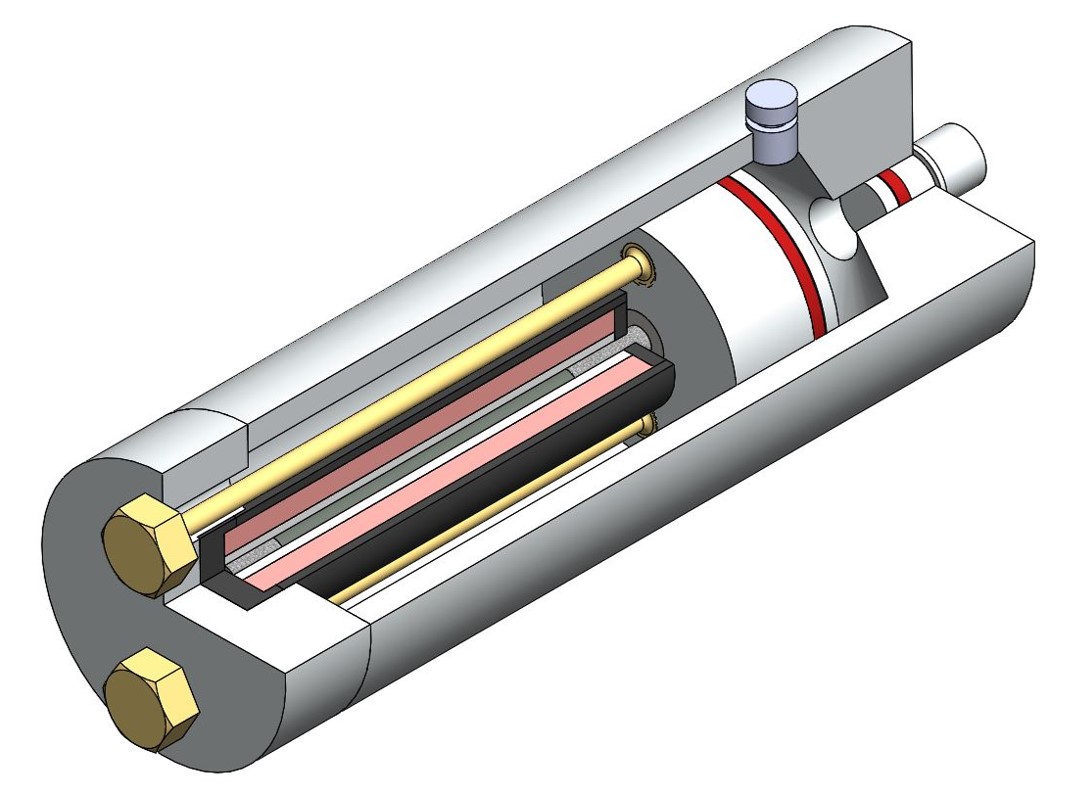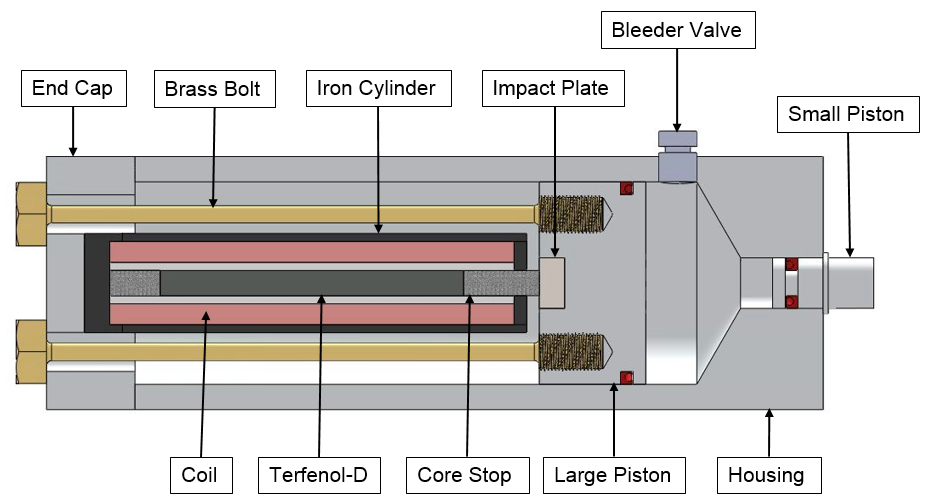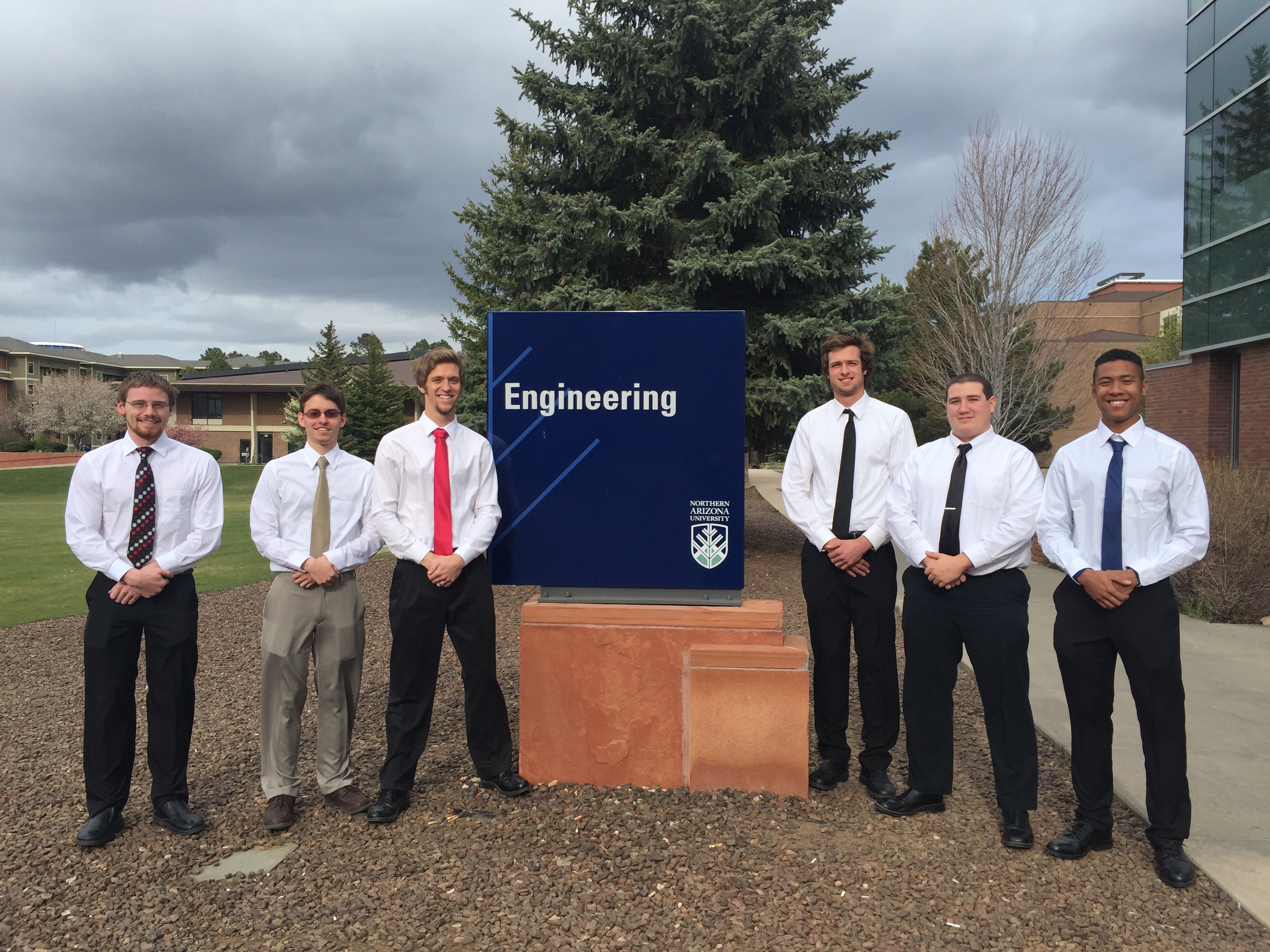Project Description
The team is challenged with designing an actuator that exploits the magnetostrictive properties of the material Terfenol-D. Our client, Honeywell Incorporated, wishes to incorporate this technology into the valve systems in commercial aircraft.



